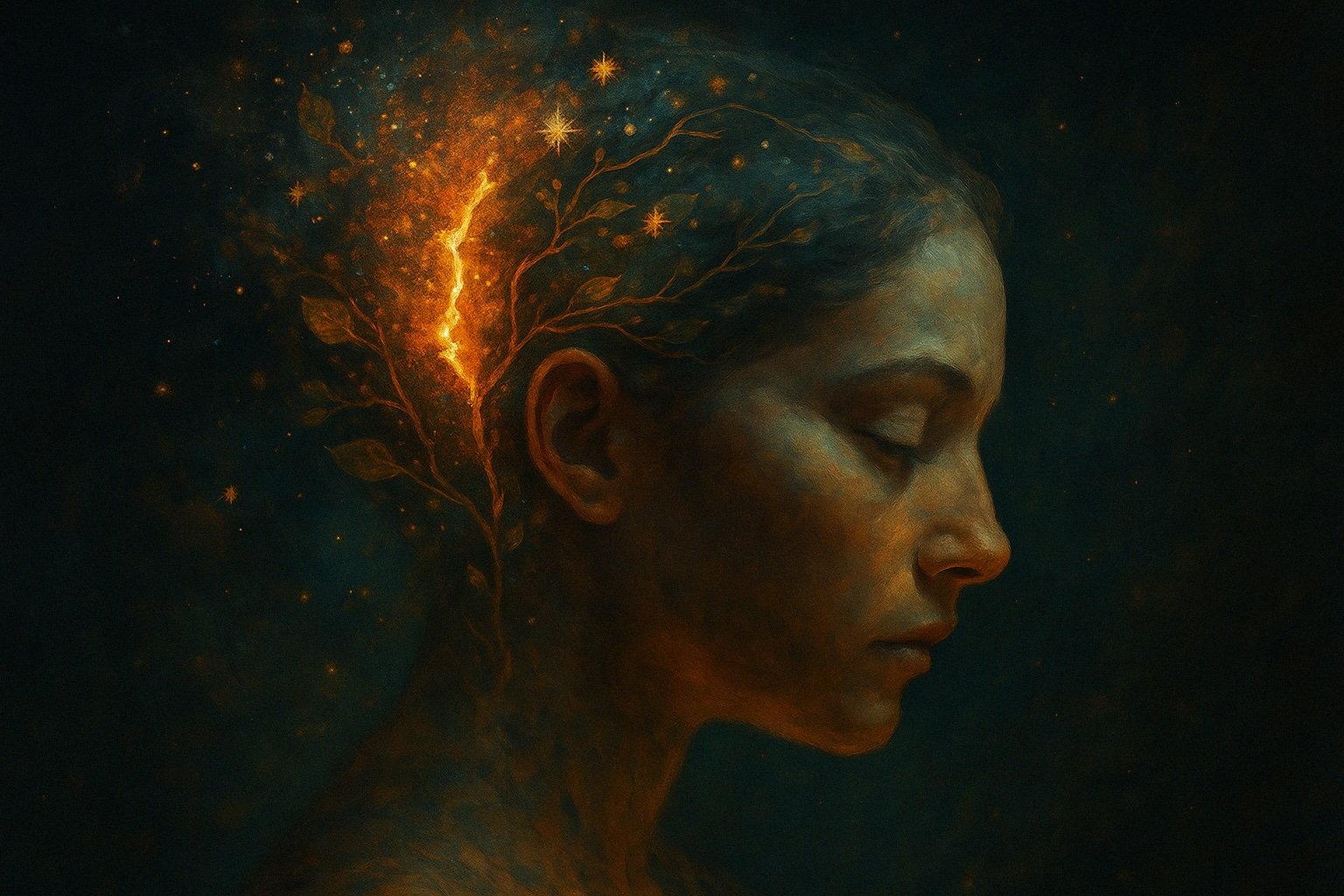The Scarred Psyche
On the nature of psychic wounds and compulsive injury
The psyche wounds itself in ways no different from the body. Like the body, there can be sudden traumas—blows that crack the surface of the soul. These are often obvious and (by their nature) traumatic, and therefore many people focus much of their attention on healing these sorts of psychic wounds.
Yet many wounds emerge slowly, almost imperceptibly, through repetition. When we scratch a persistent itch, it feels pleasurable, yet each time it slightly damages the skin. As the scratching continues, over time that damage can open into a wound. In the same way, the psyche experiences its own persistent itches: a whisper of doubt, a thread of anxiety, a compulsion to pick at something unresolved in our minds. What begins as discomfort quickly becomes a lesion. And once opened, that wound becomes hard to ignore.
The trouble is not simply the wound. The real danger lies in how we touch it.
Every anxious thought, every spiraling worry, every harsh self-judgment acts as a finger returned again and again to the same raw place. We do this instinctively, as if trying to soothe the discomfort. But when our thoughts carry contamination—shame, fear, resentment, anger—they worsen the damage. They infect it. The original itch that drew our attention to that place may or may not have abated, but a new type of itch has taken its place—anxiety around the wound itself, leading to a compulsion to constantly check on and worry about the wound.
The wound festers and grows, spreading into other areas of our lives and other aspects of our cognition. As it grows, it occupies more and more of our attention, and so we return to it even more, unable to stop ourselves. This is the feedback loop of both physical and psychic harm: the pain demands attention; our attention aggravates the pain.
As with physical wounds, the psyche eventually tries to protect itself. It forms scar tissue. Like with physical scars, psychic scar tissue is a badge of incomplete healing. It is a callus, a layer of numbness, a barrier between sensation and experience. Where a wound was not allowed to heal cleanly, the psyche thickens. What once hurt too much to feel now cannot be felt at all. The scarred psyche does not cry out. It goes silent.
And yet, the scar does not disappear. It shapes us. Over time, we build identities around these sites of numbness. We organize our relationships, our beliefs, and our choices in ways that avoid touching the wound and as a result are entirely dominated by it. In this way, the scar becomes more defining than the wound ever was. We forget the injury, but live according to its contours.
Healing, then, begins with awareness and restraint. The moment you realize you are touching the wound is already a moment of healing. Awareness is the antiseptic of the soul. It is ultimately the awareness of the urge to touch the wound and the decision not to touch it when the urge arises that truly allows the wound to begin to heal. It is the refusal to deliver another contaminated thought. It is choosing presence over compulsion. Healing over hiding. Stillness over interference.
Even within stillness, healing may ask for action. As with a physical wound, there comes a time to clean it—to return to it armed with antiseptic intention. The psyche can be approached with clarity, courage, and kindness. One may bring the tools of truth, compassion, and discernment to debride the scar, to dissolve what has calcified, and to offer a new framework for healing. This process need not be harsh. It can be surgical in precision and sacred in tone.
Unlike the body, the psyche can heal in an instant when met with a wholesome orientation. A single moment of deep presence, of perceiving the wound without judgment and holding it in grace, can unravel years of embedded pain. The psyche, once held in safety, may remember its original wholeness and close the wound cleanly.
To heal a scarred psyche is not to erase the wound. It is to stop harming it. To allow what is tender to remain untouched long enough that it may breathe again; and from there, it can begin to heal. In that stillness, sensation returns—maybe on its own, or maybe through our conscious, loving attention. Awareness returns. The callus begins to thin and soften, and we remember what it feels like to experience life directly.
We are not our scars. We are what lives beneath them, waiting to feel again.
